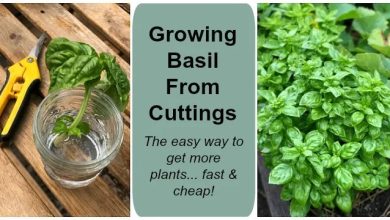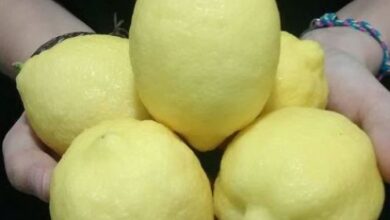How to plant melissa


Melissa officinalis
Melissa, also known as real lemon balm, is a perennial herb that usually reaches 70 cm to 1 m in height, but which can reach 1.5 m. Well known as medicinal herb, it is also used to flavor and flavor various foods and drinks, in addition to being much appreciated as tea. Its essential oil is used in perfumes and hygiene and beauty products. Beekeepers rub their leaves in hive boxes to attract swarms of bees, as their essential oil mimics the pheromone of attraction released by bees reasonably well when they find a location for the new hive. There are also cultivars that are estimated to be ornamental plants in gardens.

Climate
The ideal temperature for the cultivation of melissa is between 15 ° C and 20 ° C, but can be cultivated with temperatures ranging between 4 ° C and 25 ° C. The plant is sensitive to very low temperatures and frost.
Brightness
This plant can be grown in partial shade with high light or in direct sunlight.

Ground
The best is that the soil is well drained, light, fertile and rich in organic matter. However, it can be grown on poorer soils. As for the pH of the soil, the plant is very tolerant and can be grown in soils with a pH between 4.5 and 7.6.
Some claim that the taste and aroma is accentuated when grown on relatively poor soils.
Irrigation
Irrigate frequently so that the soil is always kept moist. The adult plant is, however, resistant to short periods of drought.
Planting
Melissa or lemongrass can be grown from seeds, clumps or cuttings. The seeds can be sown in sowing, modules, small pots and other containers. Germination of the seeds usually occurs in one to two weeks, but it can be time consuming, taking up to a year. The seeds are small and should not be buried more than 6 mm deep. The ideal is to sift a light layer of soil over the seeds or simply leave them on the surface of the soil. The transplant to the final location is done when the seedlings are about 10 cm high.
The simplest method of propagation is the division of adult plants, separating seedlings with roots. Propagation is done by cutting branches of adult plants, leaving them in water until they take root or planting these branches in pots with very moist soil.
The spacing between the plants can vary between 30 and 60 cm, depending on the cultivar and cultivation conditions.
Melissa can be grown in medium or large sized planters and pots, but generally does not grow as much as plants grown in the soil.
Cultivation
Remove invasive plants that are competing for nutrients and resources.
Melissa has vigorous growth and its seeds easily spread and germinate. Thus, the cultivation site must be delimited and the plants pruned so that they do not invade the area destined for other crops.
Although plants can live for ten years, they must be replaced every 2 to 4 years to maintain good productivity. In very cold winter regions melissa is grown annually.

Harvest
The harvest of melissa can begin from 90 to 120 days after planting. The leaves can be harvested individually or the branches can be cut above 10 cm from the ground. In commercial plantations, the harvest is done as soon as the flowers start to appear.


![Photo of Philodendron Xanadu: [Crop, Irrigation, Associations, Pests and Diseases]](https://www.complete-gardening.com/wp-content/uploads/2021/06/Philodendron-Xanadu-scaled-1-390x220.jpg)

